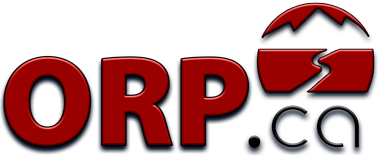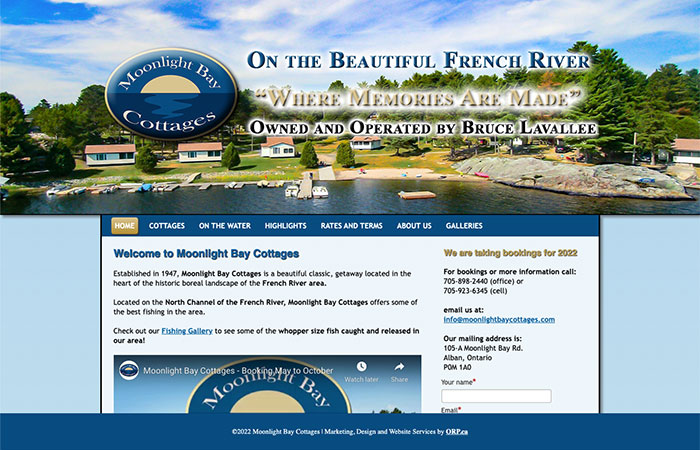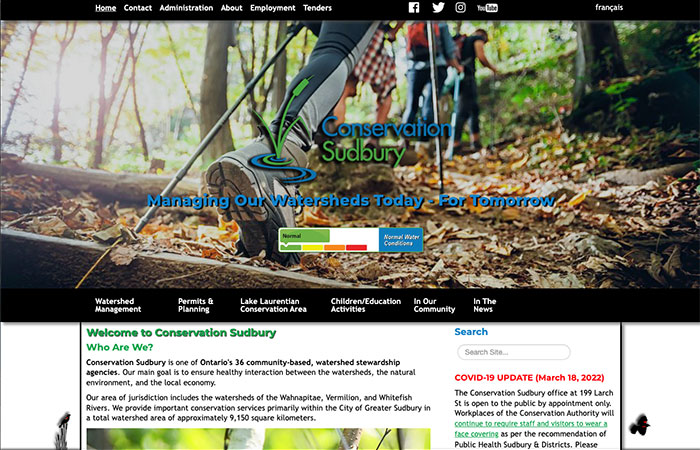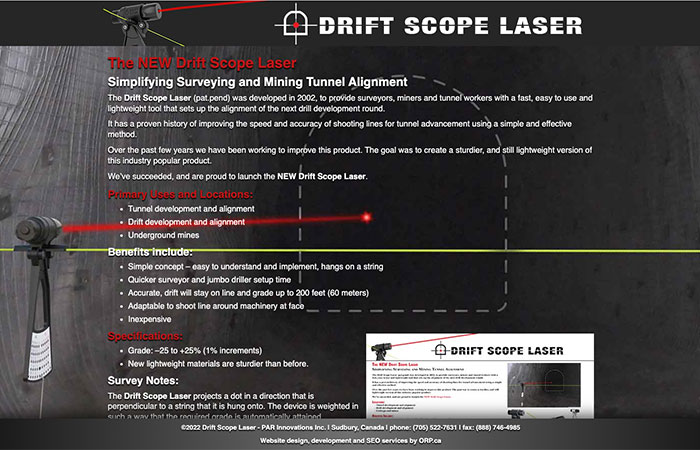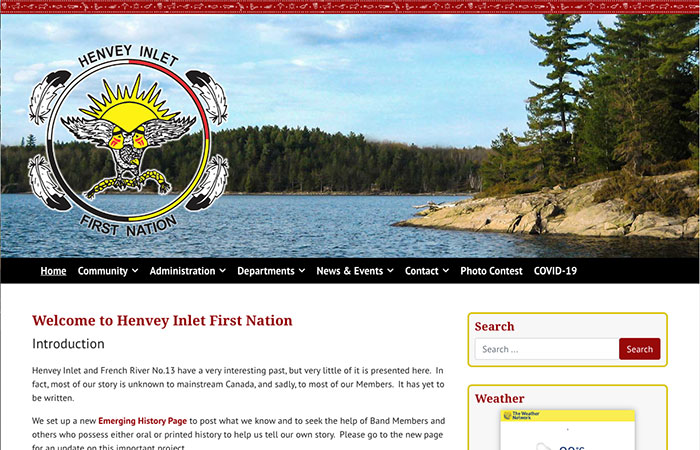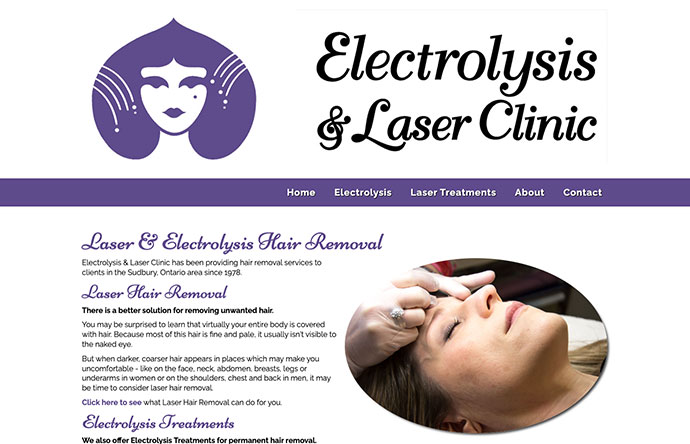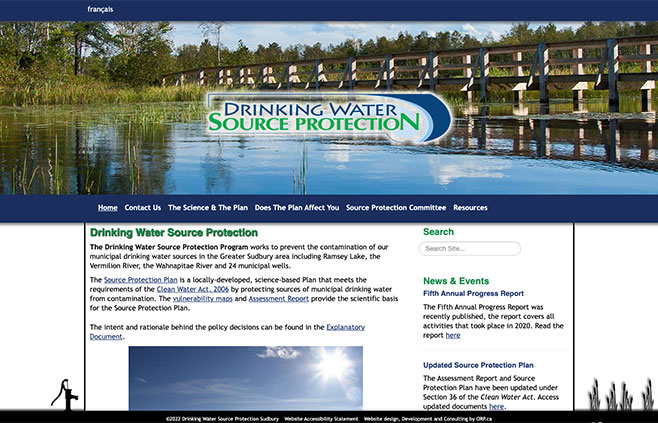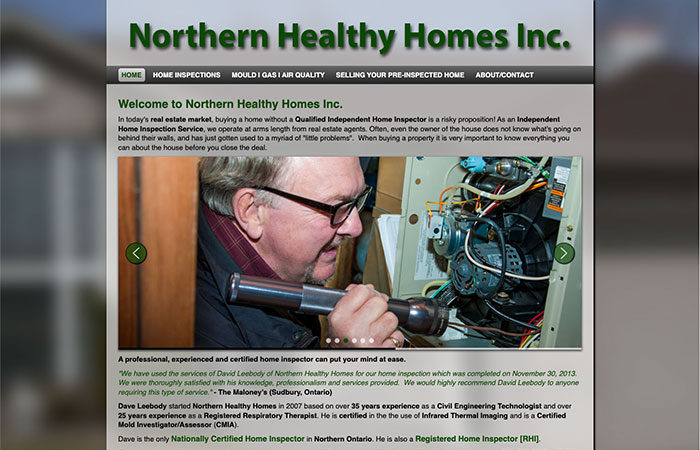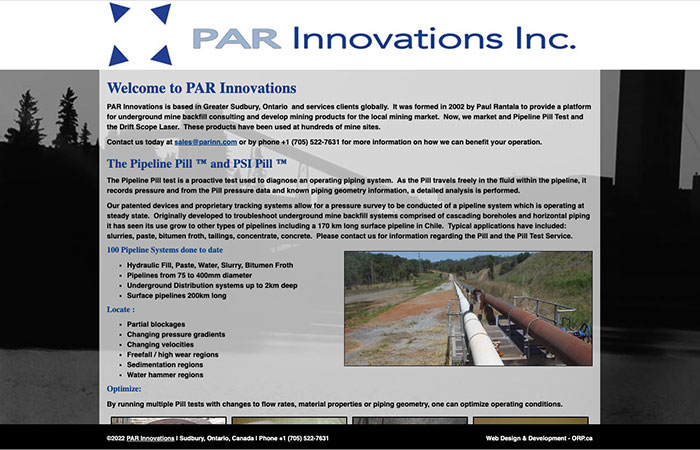This Is Why You Should Be Using A Content Management System To Power Your Small Business Website
While this may seem obvious in the 2020s, you would be surprised how many small businesses still rely on old-fashioned HTML-coded websites.
When ORP.ca started in 2003, web designers and developers worked quite differently than most do today. Not only were they much less dynamic than they are now, but updating a website took a lot of time.
It was almost impossible for the average small business owner to do it themselves. Because of the time involved (changing a phone number one page at a time, for example), it could get expensive to have even basic essential updates done for you.
Many small business owners did not understand the value of having a website. So the extra costs of updating content seemed ridiculous to many of them.
Much has changed since then. Google and other search engines still rank your site based on three primary criteria:
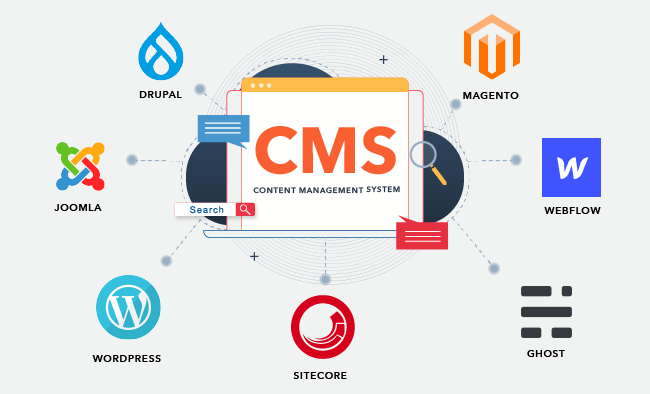
-
A responsive website: Does your site work on mobile, tablet and desktop devices? If you think it's a given that all websites are mobile-friendly these days, you'd be surprised at how many are not. Also, many site owners have not kept up with the technical maintenance. More on that below.
-
Load speeds: Does your site load quickly, and is the technology running it up-to-date? An out-of-date website is a security risk. Google regularly puts warnings on websites and even tells people that the website they are about to visit may not be secure. Most commonly, this is because of hacks. Still, often it is out-of-date technology giving false positives when Google scans the website.
-
Are you up-to-date: Is your content updated frequently? Regularly updated content gives website visitors a reason to come back. It also gives Google something new to scan and keep coming back for.
Running your site on a Content Management System (CMS) is a significant step towards accomplishing these goals.
There are many open-source (i.e. free) Content Management Systems available today. We've worked with Joomla since 2008 and have also worked with WordPress from about that time. Drupal is another standard CMS, although it's more labour-intensive and less popular than WordPress and Joomla!.
Each major CMS has its strengths and weaknesses, but it has built-in multi-device functionality.
Your website's load speed is primarily part of the website design and development process, so it is outside the scope of this article.
That leaves us with content. Content can include anything from web text to photos, audio and video links and PDFs.
That includes interactive features, questionnaires, contact forms, and links to other sites, including your social media accounts.
Over the past few years, its become much easier for people to update their websites themselves. Because these technologies are more streamlined, hiring a firm to do it for you becomes more cost and time effective if you do not have the time or staff to do it yourself.
Regardless of what system you use, there is no excuse for not keeping your website up to date these days.
Ready to take your business to the next level? Fill out our contact form today, and let us help you create a website and digital marketing strategy that will help you achieve your goals.
Article image from the HubSpot article "What Is a CMS and Why Should You Care?"
